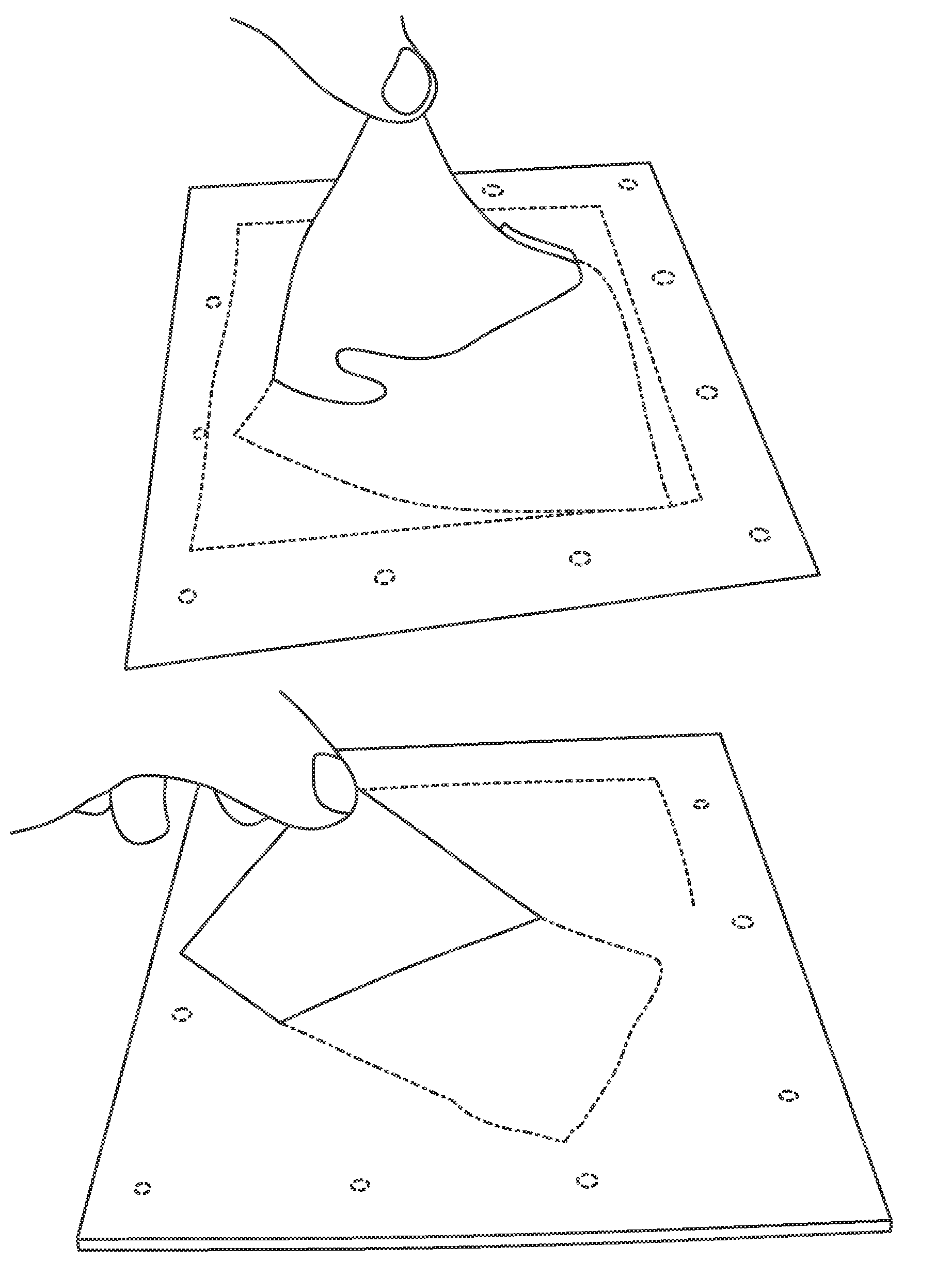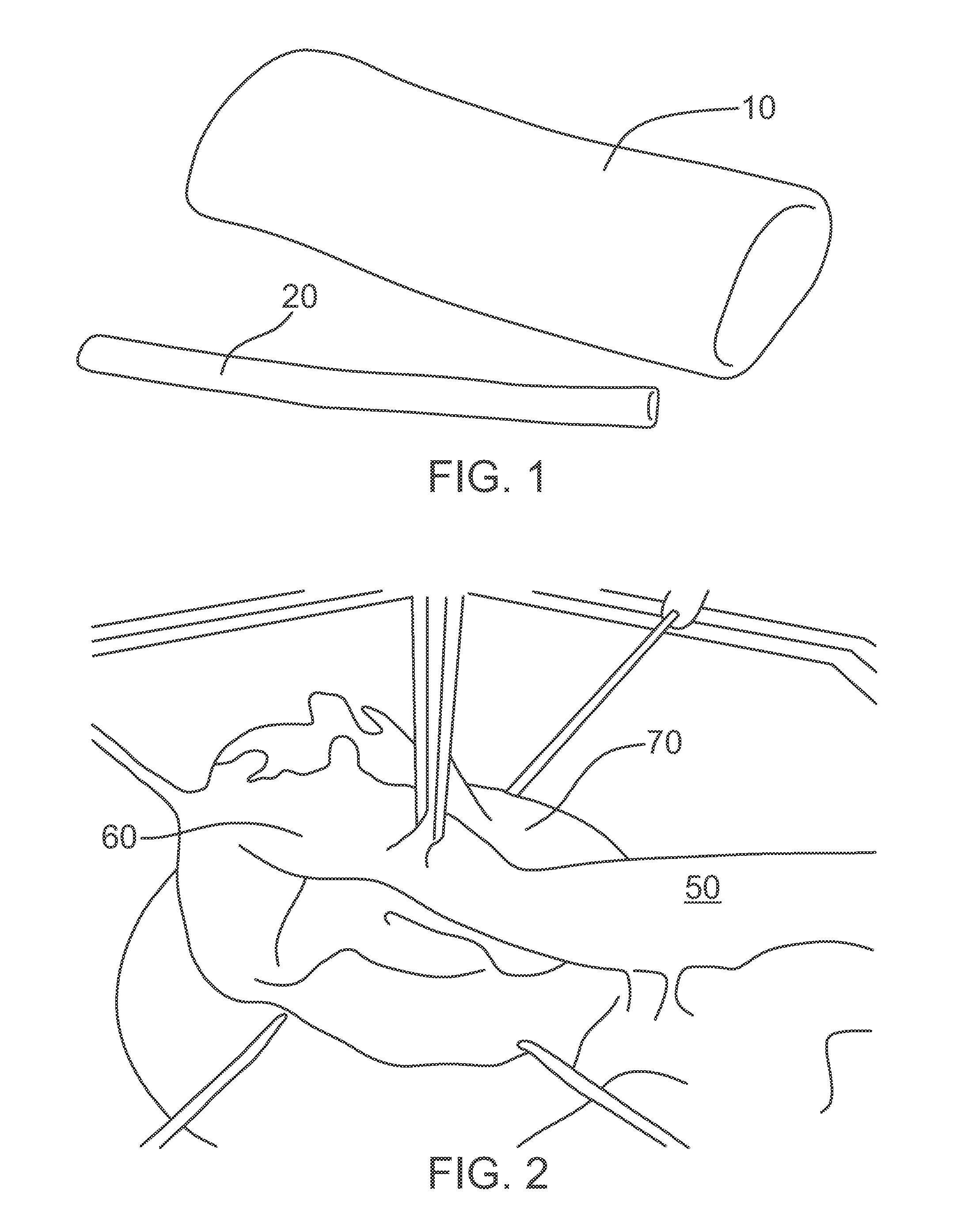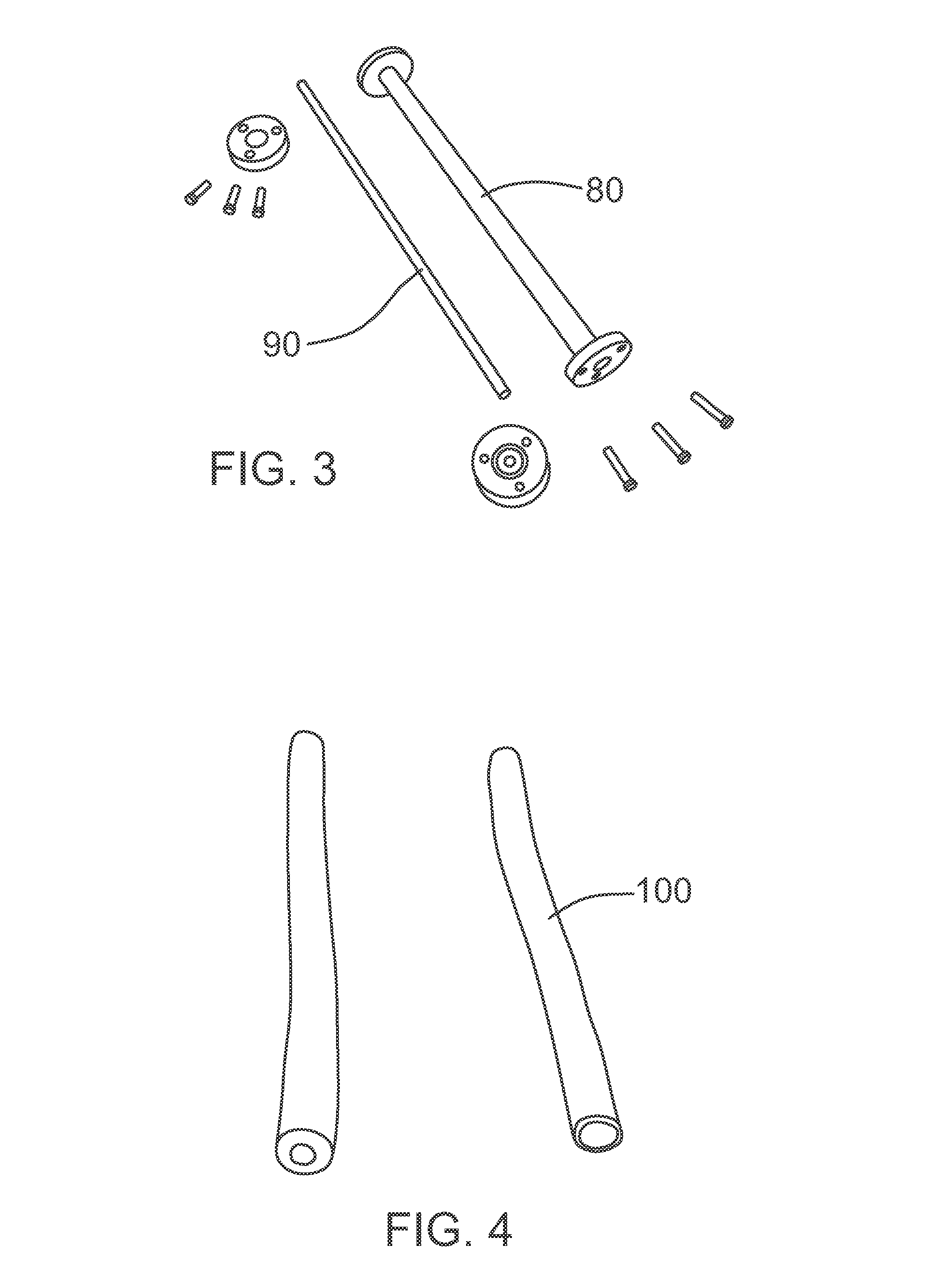Surgical training aids and methods of fabrication thereof
a training aid and surgical technology, applied in the field of surgical training aids and methods of fabrication, can solve the problems of cadavers not having the proper feel of living human tissues, animal models not being as accurate as human anatomically, and expensive and often limited supply of human cadavers,
- Summary
- Abstract
- Description
- Claims
- Application Information
AI Technical Summary
Benefits of technology
Problems solved by technology
Method used
Image
Examples
example 1
Fabrication of Vascular PVA-Hydrogel Surgical Training Devices
[0076]PVA hydrogels that match the mechanical properties of selected cardiovascular tissues, such as coronary arteries, internal mammary artery, saphenous veins, and aorta, were developed.
[0077]PVA (Sigma-Aldrich Canada Co.) with a molecular weight (Mw) of 146,000-186,000, 99+% hydrolyzed was used in all solution preparations. The 10 wt % PVA solutions in distilled water were prepared using a mixed reactor vessel kept at 90° C. for 3 hours under reflux. The PVA concentration can be altered from 5% to 50% to alter final product properties.
[0078]As shown in FIG. 3, aluminum molds of large diameter 80 (25 mm-aorta) and small diameter 90 (4 mm-veins) conduits were designed and constructed. Six grafts of each diameter (with matching properties of several tissues) were developed and used in surgical training of bypass surgery to test handling, mechanical strength, feel, and suturability. In order to match some of the tissues, d...
example 2
Evaluation of PVA-Hydrogel Vascular Device for Surgical Training
[0081]The 4 mm and the 25 mm diameter PVA-hydrogel conduits were sutured (anastomosed) together to simulate bypass grafting. This exercise was performed by an experienced surgeon. FIG. 5 shows the step-by-step anastomosis of a match of PVA vein 150 to aorta 160.
example 3
Kit for Coronary Artery Bypass Grafting (CABG) Surgical Training
[0082]Another model was developed to provide a PVA-hydrogel surgical training aid that imitates coronary arteries laying on the surface of a synthetic ‘heart’. A mold, comprising a base 200, cover plate 210, and rods 220, was designed to make a block of PVA with 4 parallels arteries protruding from the surface. The arteries ranged in diameters from 1.75, 2, 2.25 and 2.5 mm. The wall thickness was kept constant at 0.5 mm. The mold was filled with PVA solution (processing described before) and cycled up to 6 times to obtain the desired properties, close to myocardium. FIG. 6 shows the mold designed for coronary arteries.
[0083]A surgeon practiced an anastomosis procedure of small diameter PVA conduits (vein) onto the PVA “coronary arteries” on the surface of the surgical aid. This procedure, together with the previous example, imitates the full procedure implemented in CABG surgery, where the bypass graft is anastomosed to...
PUM
| Property | Measurement | Unit |
|---|---|---|
| diameter | aaaaa | aaaaa |
| diameter | aaaaa | aaaaa |
| thickness | aaaaa | aaaaa |
Abstract
Description
Claims
Application Information
 Login to View More
Login to View More - R&D
- Intellectual Property
- Life Sciences
- Materials
- Tech Scout
- Unparalleled Data Quality
- Higher Quality Content
- 60% Fewer Hallucinations
Browse by: Latest US Patents, China's latest patents, Technical Efficacy Thesaurus, Application Domain, Technology Topic, Popular Technical Reports.
© 2025 PatSnap. All rights reserved.Legal|Privacy policy|Modern Slavery Act Transparency Statement|Sitemap|About US| Contact US: help@patsnap.com



